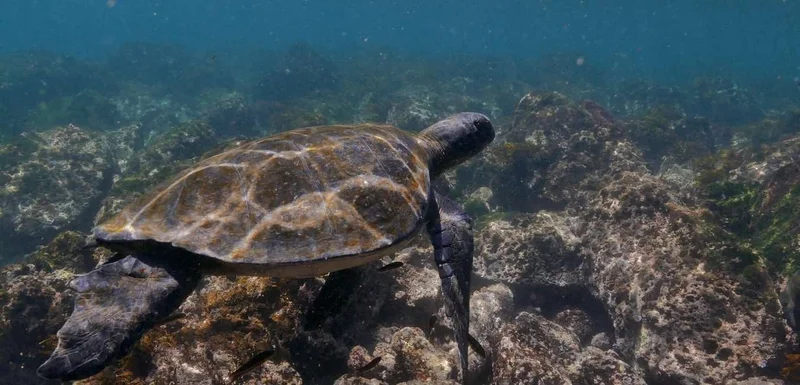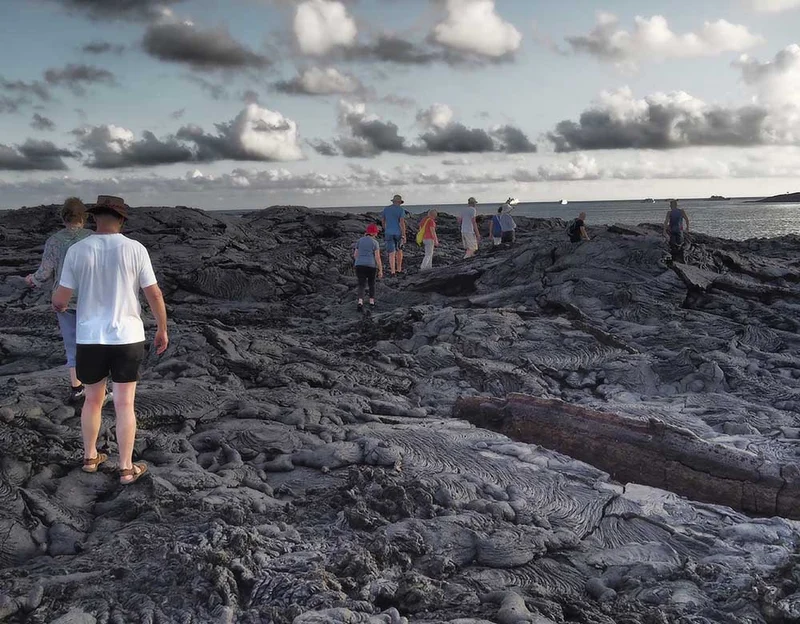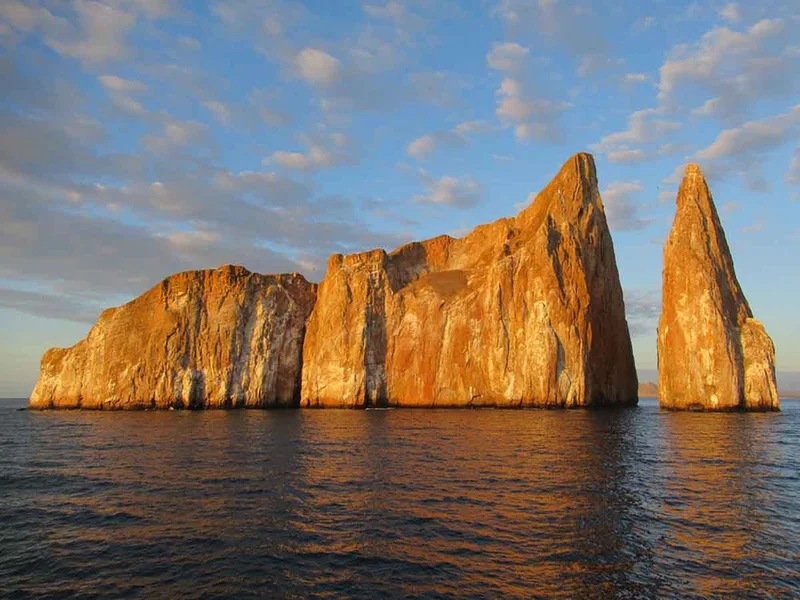
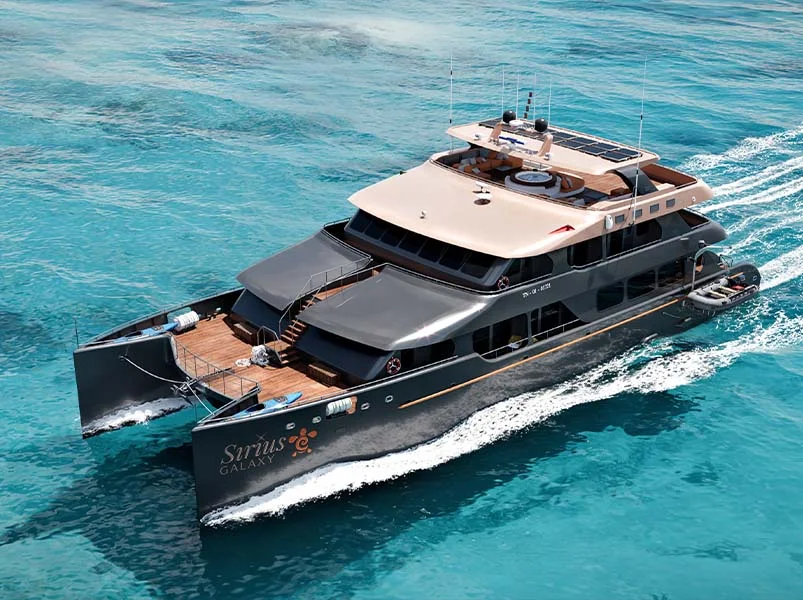
6 Day Galapagos Itinerary
Day 1: Santa Cruz Island: Black Turtle Cove
Departure to the Galapagos Islands, arrival at Baltra airport, where our naturalist guide of the National Park will be waiting for you.
Black Turtle Cove
Black Turtle Cove gets its name from the abundance of green see turtles, locally known as: “tortugas negras”. There is no landing here so you will be doing a boat tour on the dinghies, exploring shallow channels and small coves surrounded by beautiful mangrove forests. Reef sharks, sea turtles and several species rays inhabit this beautiful area which is considered an important mating area for turtles and a nursery for several species of sharks. Herons, pelicans and boobies are also common here as they prey in schools of anchovies.
Day 2: Rabida Island & Chinese Hat Island
Rabida Island
Rábida is a small island famous for its reddish lava rocks (rich in iron) which gives it a unique look. The beach is also red and hosts a small colony of sea lions. There is a small salt water lagoon where we will see ducks and stilts and sometimes flamingoes. The trail will take you inland to get beautiful views of the beach and the lagoon. Look for Darwin finches, flycatchers and mockingbirds. In the cliffs along the coast you can find Nazca & blue-footed boobies, brown noddy, herons and the two species of sea lions: Galapagos and fur seals.
Chinese Hat
This small islet is formed by a volcanic cone with a perfect symmetrical shape. It is separated from Santiago by a narrow channel forming one of the most beautiful bays in the islands. Blue-turquoise water and coral sand beaches surrounded by dark lava rocks gives this area a real tropical character, which makes even more surprising finding penguins resting in the rocks. The trail goes along the shore, taking you through a small colony of sea lions.
Day 3: North Seymour Island & Santa Cruz Island: Highlands
Seymour Island
This island is home for large colonies of both magnificent and great frigatebirds and you can see them displaying their red balloons to attract a female. Blue-footed boobies nest in the ground and perform their famous dance in the open areas, while swallow-tailed gulls perch on the cliff edges. Land iguanas are common inland while their marine cousins bask in the rocks by the sea, close to sea lions, which often like to body surf in the waves.
Santa Cruz - Highlands
Start your Galápagos journey with a picturesque bus ride into the verdant highlands of Santa Cruz. Stroll through a nature reserve where massive giant tortoises, some weighing more than 600 pounds, roam freely. Keep an eye out for native bird species such as finches and flycatchers. If your itinerary allows, venture into a lava tunnel—an impressive reminder of the volcanic origins of the islands.
Day 4: Santiago Island: Sullivan Bay & Bartolome Island
Sullivan Bay
This hike is a journey into understanding the birth of these volcanic islands. You will walk in a very well preserved flow of Pahoehoe lava, which will give you endless opportunities to see the delicate textures of these type of lavas which only appear in a few places throughout the world. At first sight the barren landscape looks completely deprived of life, but look carefully for pioneer plants, lava lizards and small birds. By the shore, you can find penguins, pelicans and oystercatchers.
Bartolome Island
Bartolome is one of the most iconic places in the Galapagos and one of the few where you can see penguins without going to the remote areas of western Isabela and Fernandina. You will get great views of Pinnacle Rock, located in the northern side of the island, right next to a beautiful peach-color sand beach.
The hike to the top of the island is fantastic and will offer you incredible views of lunar landscapes with scattered volcanic cones. Many islands are visible from this outlook, as well as the bay of Sullivan and the Pinnacle rock.
Day 5: Genovesa Island: El Barranco & Darwin Bay
El Barranco
El Barranco is located in the southern part of Darwin Bay at Genovesa Island. The cliffs face the sea are made of very fragile fractured lava, making it the ideal place for storm petrel to build their colonies, which attracts an important population of short-eared owls preying of the nesting birds. Red footed and Nazca boobies are abundant along the trail. At the base of the cliffs you can see Galapagos fur seals resting in shaded areas, as well as several species of seabirds.
Darwin Bay
Genovesa is a favorite island for birdwatchers as it is home for very large colonies of seabirds. From the minute you set foot at the beach you will be amazed by the noise of hundreds of boobies, gulls and frigatebirds flying over your heads, perched in the bushes or nesting on the sandy terrain. The trail is an ultimate wildlife experience as there are animals everywhere; sea lions and marine iguanas near the sea; night herons, lava & swallow tailed gulls, Darwin finches, Galapagos doves, mockingbirds and many more species inland.
Day 6: San Cristobal Island: Interpretation Center
Located in the outskirts of Puerto Baquerizo, this center is dedicated to the history of human presence in the Galapagos. Since the times of the early Spanish explorers to the present times, including illustrious visitors such as Charles Darwin, this permanent exhibition will take you through the dangers and struggles of the first settlers trying to survive the harsh Galapagos environment.
Then, transfer to the airport to take your flight back to continental Ecuador.
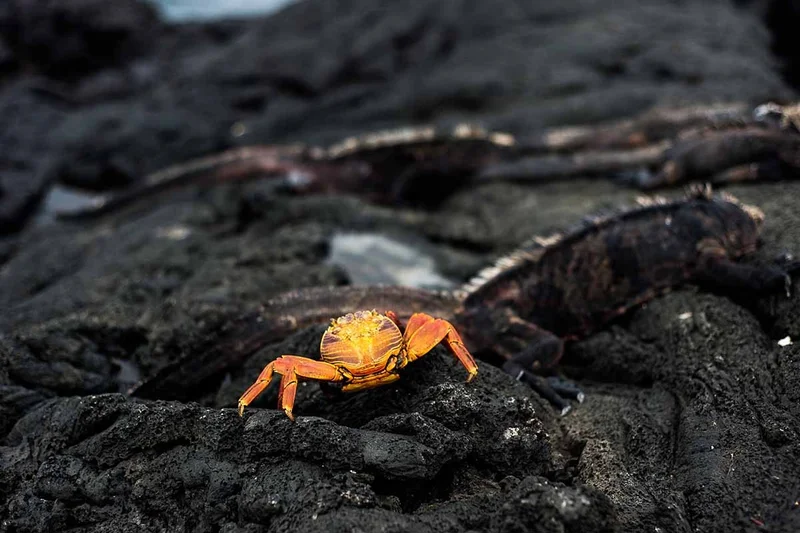
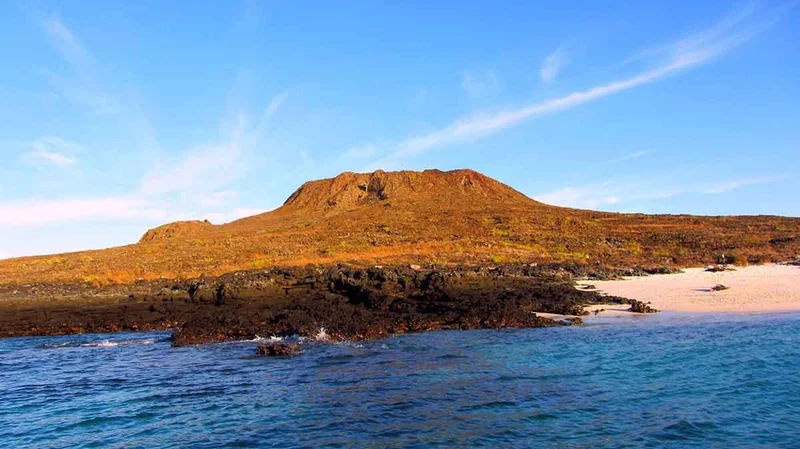
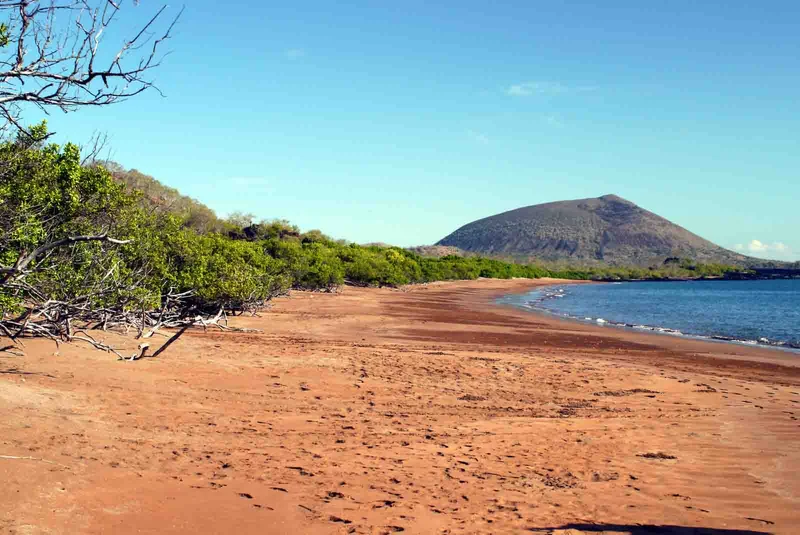
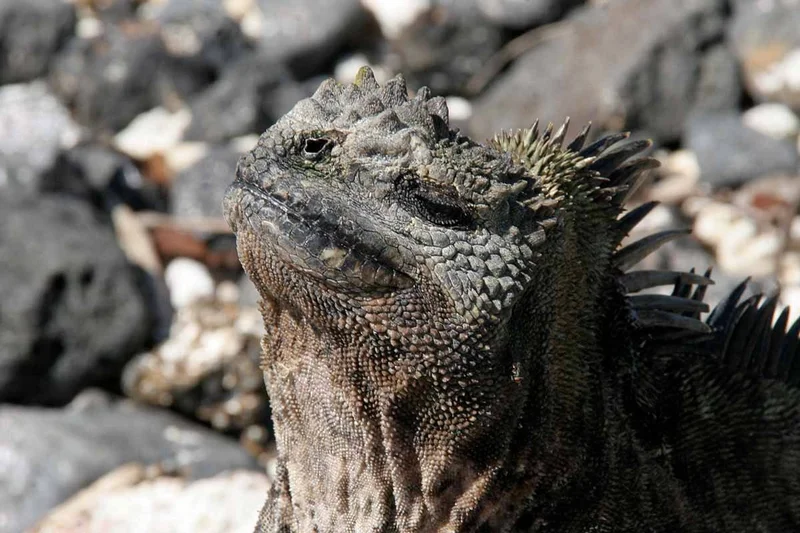
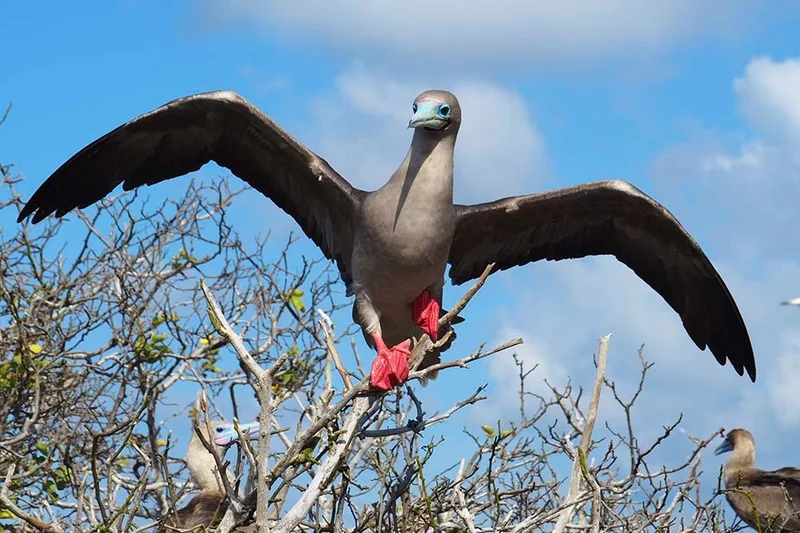
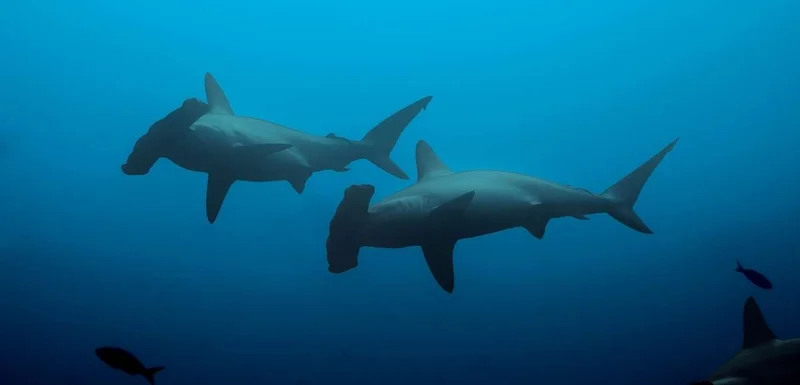
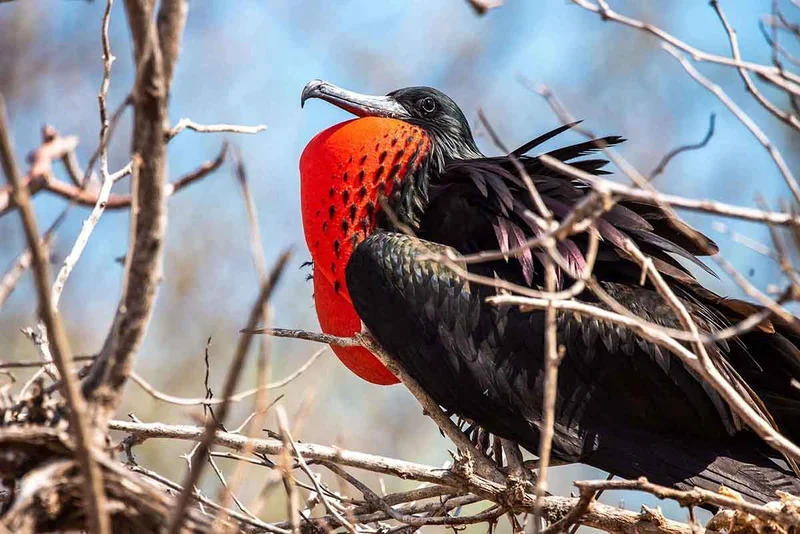
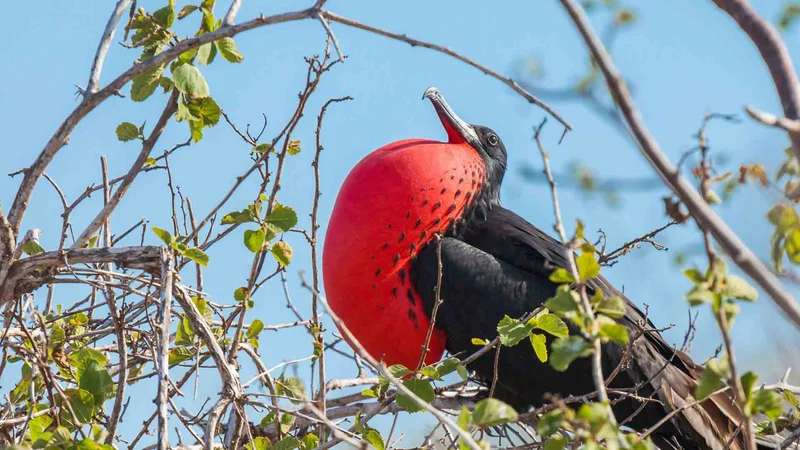
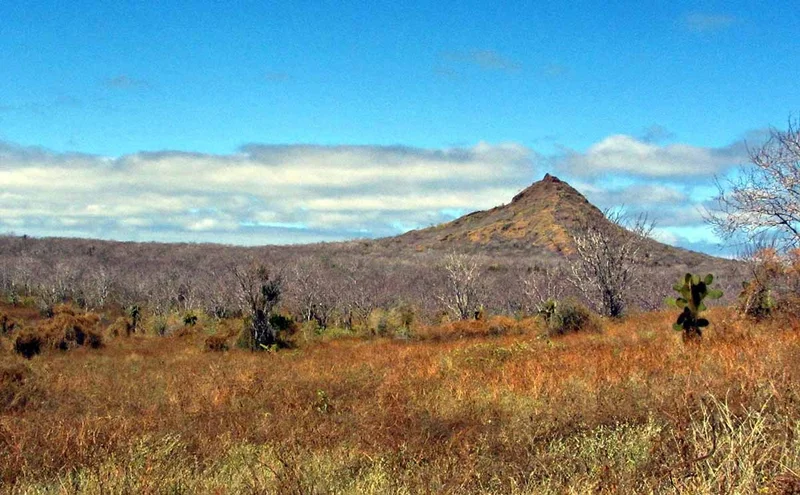
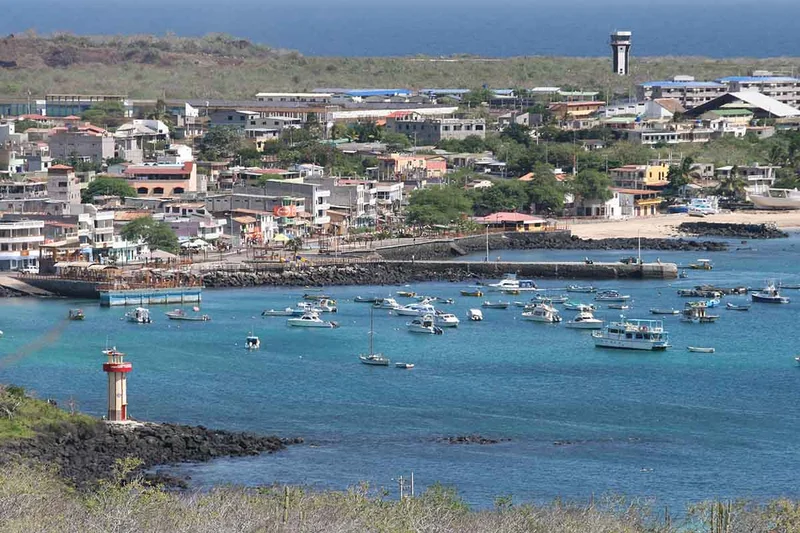
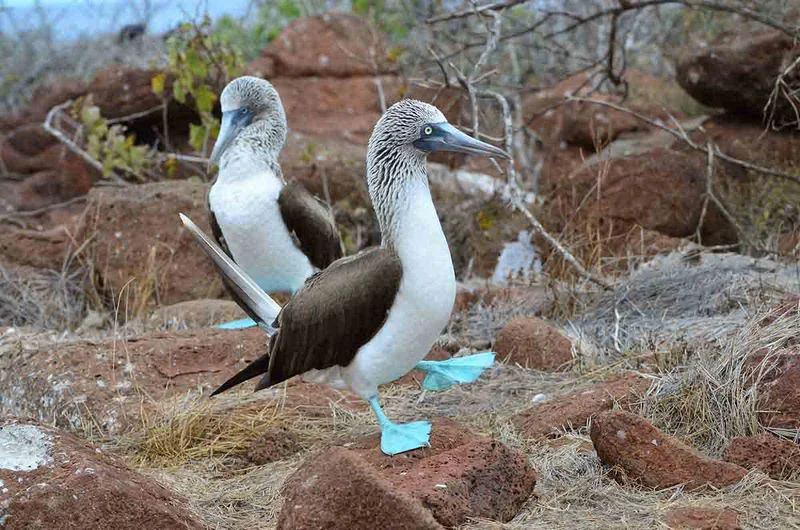
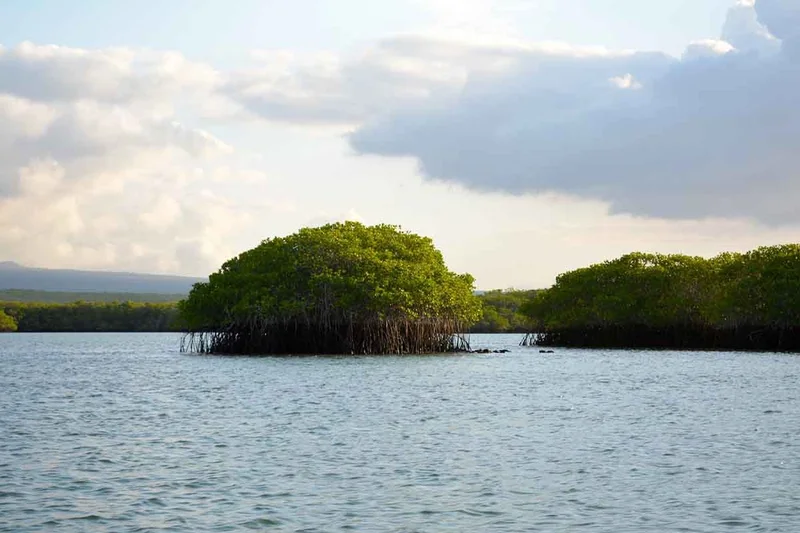
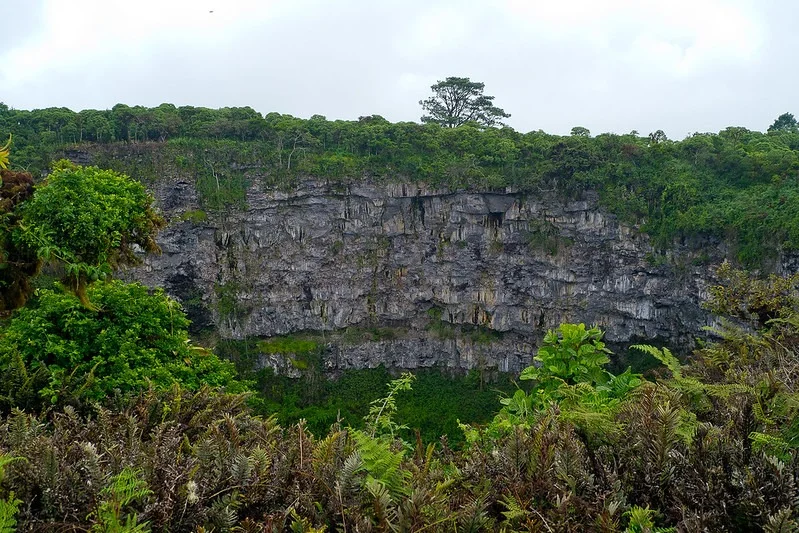
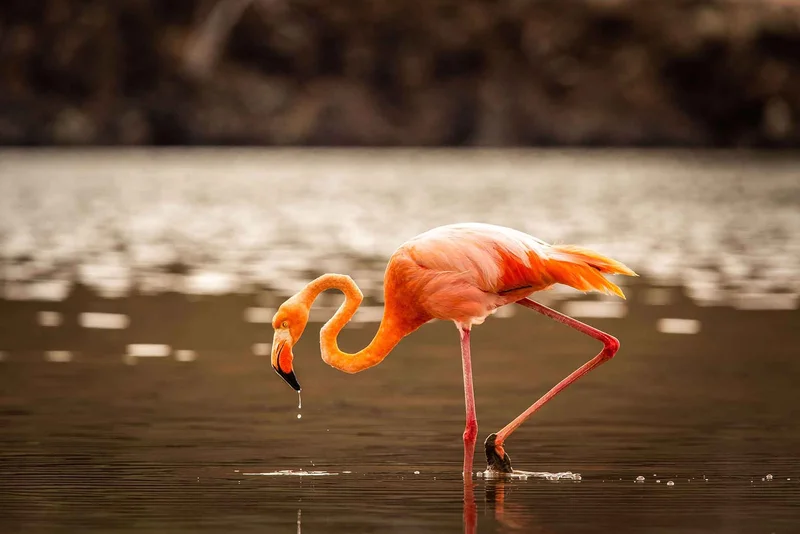
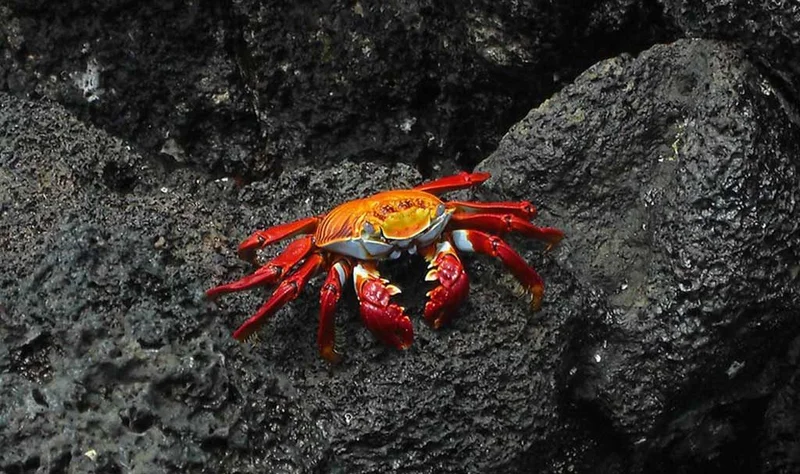
6 Day Galapagos Itinerary Includes
- Airport assistance
- Transfers in Galapagos
- Accommodation in double cabin
- All meals during the cruise
- Naturalist Bilingual Guide
- All visits & excursions according to the itinerary
- Snorkel Gear (mask, tube and fins)
- Kayaks, paddle boards
- Unlimited purified water, coffee and tea
- Wetsuits, soft drinks, beach towels
6 Day Galapagos Itinerary Does not Include
- Local flight to/from Galapagos
- Galapagos National Park Entrance fee
- Entrada al Parque Nacional Galápagos
- Alcoholic drinks
- Tips
- Local Taxes
- Travel Insurance
- Service do not specified
6 Day Galapagos Itinerary Highlights
- White-tipped and black-tipped reef sharks, green see turtles, rays, blue-footed boobies, mangroves.
- Red-sand beach, Galapagos hawks, flycatchers, Darwin finches, ducks, flamingos.
- Land & marine iguanas, swallow-tailed gulls, shearwaters, Darwin finches, lava gulls, oystercatchers, shorebirds, Pahoehoe lava, Galapagos penguins.
- Endemic plants, exhibition on human history
- Nesting great frigatebirds, red footed & Nazca boobies, Galapagos sea lions, Galapagos fur seals, lava & swallow-tailed gulls, yellow-crown night herons, Genovesa ground finch, Genovesa cactus finch, Galapagos mockingbirds.
Itinerary Map
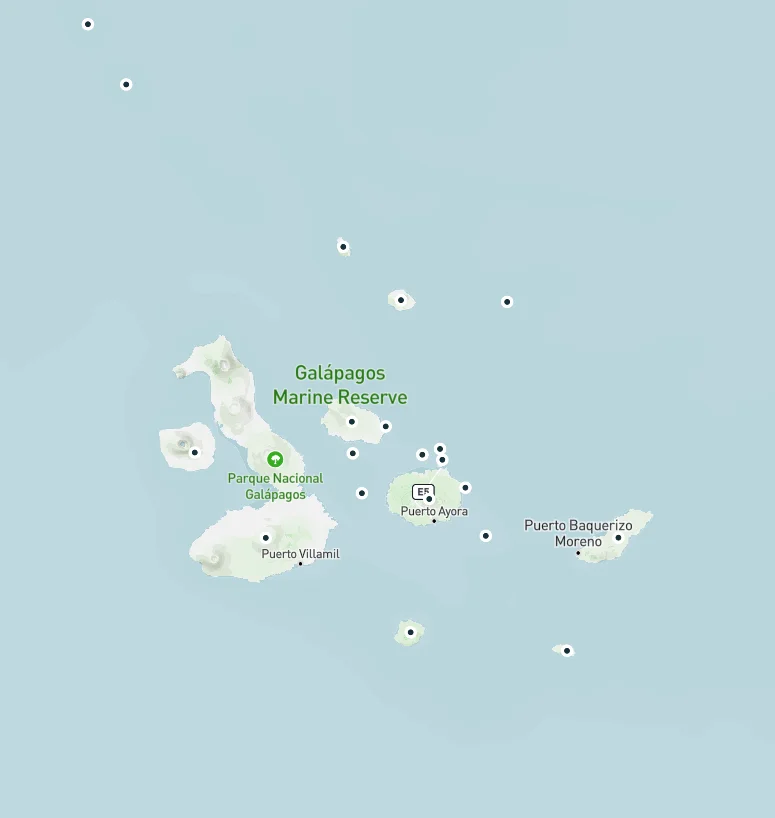
Dates & Promotions
Dates |
|---|
No data |
Animals you might see on this itinerary:
More information about the Galapagos Islands you visit in this 6 day itinerary:
Itinerary C 6 Days - Galaxy Sirius Catamaran
Why travel with us?
Similar Itineraries
